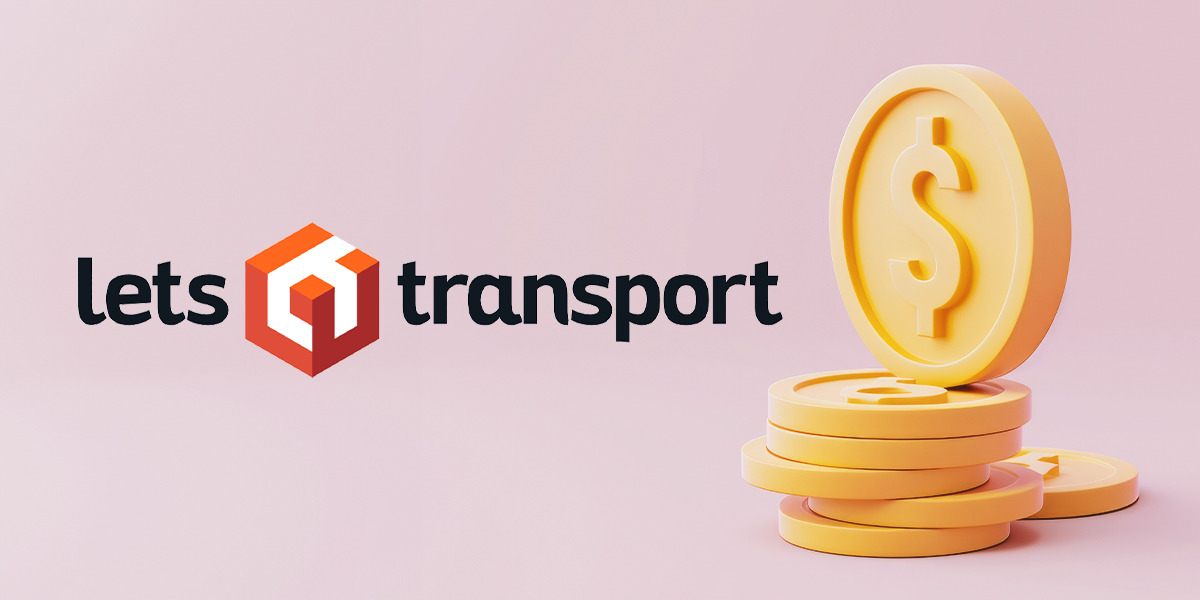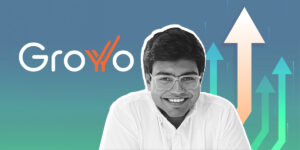In the past couple years, fintech, especially in the Indian startup ecosystem has picked up speed in all aspects – an investment it attracts in market potential, as well as the usage. With the push towards digitisation, demonetization, and the rise of consumer internet market with the Jio revolution, fintech – the one pervasive industry, has seen India become one of the countries with the highest adoption rate across the globe.
Since EY started calculating the FinTech Adoption Index in 2017, the Indian figure has been way above the global average. Where in 2017, the global average stood at 33%, in India, the adoption rate was 52%. Now, according to EY’s FinTech Adoption Index 2019, the global average has risen to 64%, and India, in the lead with China has an adoption rate of 87%, followed by Russia and South Africa at 82%.
This is consistent with the CB Insights report released about a week ago where India became the hub the of fintech deals in Asia, surpassing China with a total of 23 deals in Q2 2019, as compared to China’s 19 deals. The value of these deals, however, was $25 million less than China.
It is visible with this data how India and China lie in the same range as far as fintech deal volume and value is concerned since 2019. The deals here, are only a reflection of the adoption pattern in the countries.
When the current data was looked at from different angles, the results were pretty much predictable. Fintech business offer services such as payments, money transfers, insurance, wealth management, budgeting, savings, investment, and lending and borrowing.
Out of these, as per the report, 96% of people are aware of the payments and transfer services, 86% are aware of insurance, and around 71-78% of people know about the financial planning, savings, and lending (consumer and peer to peer) services of fintech.
The adoption pattern, for obvious reasons, is similar to that of the awareness ratios with payments and transfers at the highest of 94%. In this also, in-store mobile payments lead with 88% volume followed by 85% non-bank peer to peer money transfers.
Demographically, the group that drives these high fintech adoption figures is mid to upper-income groups aged between 20-34. In these groups, there is almost 100% digitisation as far as payments and transfers are concerned. Insurance starts from 60% for 18-24 ages, and goes up to 80% for 25-34-year-old folks, and then slides down back to 40-46% for people aged 55-65+ years.
Borrowing stays at the last slot with adoption figures going to as low as 20% for the 60-65+ age group but goes up to a high of 80% for the 25-34 age group.
It is simple logic, the population aged between 18-34 is better equipped with tech, concerned about the savings, but also in a growing stage where borrowings become an integral part of the lifestyle. At the same time, the 35-44 age group is more aware of the risk and hence has more inclination towards insuring that risk.
The report data has been imported from an ET article.














